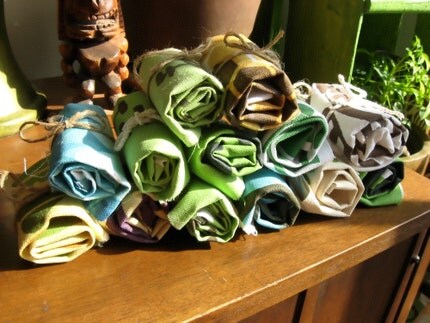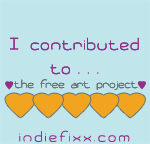Writing out my process for pulling ideas together has been difficult, but really helpful. This stage is definitely the most organized I'll ever be in working through a group of prints.
So I feel like I've got a decent handle on what comes next. Perhaps the most important lesson I took from printing in my undergrad was not to try to say too much with my work. Coincidentally, I didn't learn this message until after I finished the degree. You should see my final pieces about women authors, yikes! I actually sewed a real spoon onto a canvas and modge podged rocks into the pocket of a handmade apron for a piece about Virginia Woolfe. It was bad.
These days, I try not to fill work with grand, sweeping meanings but with simple truths. Sometimes I try to think of it like a poem, where writing a beautiful line about the unnoticed detail carries more weight than the tired cliche. Anyway, I might need to pull in the reigns a bit more on this group-- there's certainly a lot going on in it.
Oh, I also want to say this about the idea stage: I am a firm proponent of idea freedom! Many artists try to bottle up their ideas into tight little copyright bottles as if they were handed to them by God himself. The idea that artists have these original visual epiphanies is a myth. Everything builds on what's come before. With that in mind, I think pulling from others is not only ok, but kind of necessary. There is, however, a big difference between a copy and an original-- it should be taken
and then made your own-- made better or different or put together with something new and interesting.
I'm going to put these in steps for the sake of saving a little type:
1)
I thought about the work I had made before. In previous work I focused completely on simple natural images-- some stylized to meet a graphic aesthetic, others more subtle and organic. I've decided to keep going in that direction, but to pull toward the more subtle from now on.
2)
Find new meanings. So once I figure out the general direction, I try to find a few new ways to approach the images I will be pulling together. Its like a game-- once you know what the category is going to be, it becomes a lot easier to find items that fit within it.
My first focus is in going from macro to micro. I'm going to pull out far enough to depict a topographic map of Yellowstone Nat'l Park and then zoom in, one print after another, until I'm at the cellular level. This difference won't be a super big deal-- I won't sell them all as a set that can line up from one to the other or anything, but I'd like see what happens when I pull in slowly, and its help me explore some images that I would otherwise leave be.
The other way I'm going to broaden my scope is to commit a few works to exploring how humans and nature interact. How we study it, consume it, collect it, etc. Again, not to display together, but because its helped me better find images.
3)
Impose limits.These have the potential to be all over the place visually because of the ways I'm building on what I've done before, so in order to keep them under the same umbrella I'm committing to a few aesthetic choices:
1) Softer colors-- lots of white ink
2) Using more screens in each piece for a less graphic, more gradual effect
3) Organic, not harsh line work
4) Using natural, unbleached canvas.
4)
Play Pictionary with yourself.Next I start making lists. I filled a few pages in my sketchbook with random words: agate, brush, prarie, driftwood, stone wall, etc. Anything that fell into the range of my broad categories above. I went back and starred the ones that seemed interesting and circled any I had a personal connection with or was really excited about.
Then I turned those into some rapid thumbnail sketches, and decided that I liked where they were going or didn't. Some I scrap, some I think about and come back to, some I love and keep. I also think about prints I've made in the past, and if revisiting any of those ideas will fit in nicely with the sketches that are coming up.
So here's that list organized by each print type and size, going from micro to macro. I try to assign another word at this point to better describe them.
8x8" screen prints: leaf zoom, honeycomb, overlapping iris, circling fern, vintage wheat, driftwood collection, log pile, water table, rural british landscape.
4x16" screen print diptych: river stones(micro) and a rooted redwood tree (macro)
These will sell separate or together for a deal-- I'm really excited about this one!
Woodcuts: plant cells, stones, fleming creek, braided root, nest, Yellowstone map.
5)
Render images several times.Then I sketch it out a little more-- usually I add color to make sure they're all kind of working together. The color is in no way accurate, but gives me more information than pencil alone. I make small sketches because I think drawing is kind of boring and I like seeing everything on a page together.
So I make tiny ones that don't take long-- these are in a little 5x8" book.

On the left are some of the square screenprint ideas-- on the right is the diptych. They're kind of doodley at this point-- the printing process is great because I lose a lot of control over what they look like-- the end results won't be nearly as bubbly. They'll look nothing like this at the end, but its a start!
I'm going to start with screen prints this time because I feel like those came together a little more naturally than the woodcut prints during this process. Working back and forth allows me to put some ideas 'behind the couch' as an art teacher once said to me. She was a big fan of things working out in their time-- without being forced. So am I.

























